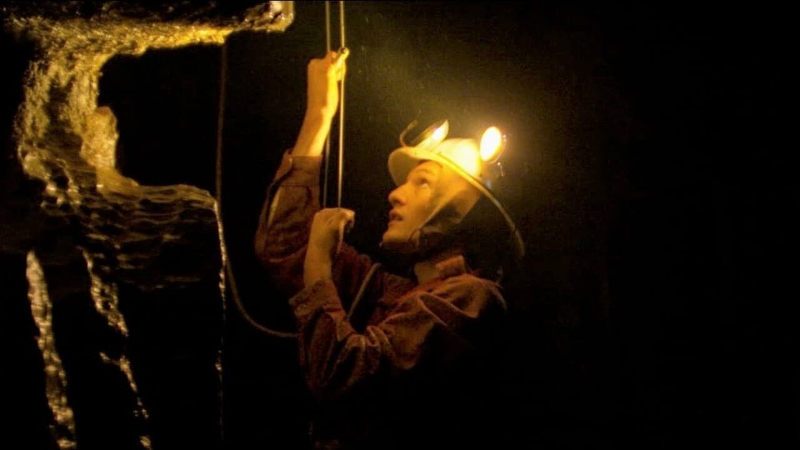Director – Michelangelo Frammartino – 2021 – Italy – Cert. U – 93m
**1/2
A Calabrian cowherd nears the end of his life while a group of explorers journey down a deep hole to find out how deep into the ground it descends – out in cinemas on Friday, June 10th
Literally, ‘The Hole’. Frammartino again brings to the cinema the style that made his earlier Le Quattro Volte (2010) so special. He sets up the camera, often at a great distance from the action, then leaves it there to record whatever happens. The narrative of Il Buco is actually pretty simple, a recreation of an expedition by a group of young, amateur speleologists into a hole in the ground in Calabria. (Speleology is the branch of science involved in mapping and measuring the interiors of caves, natural underground systems, and the like.)
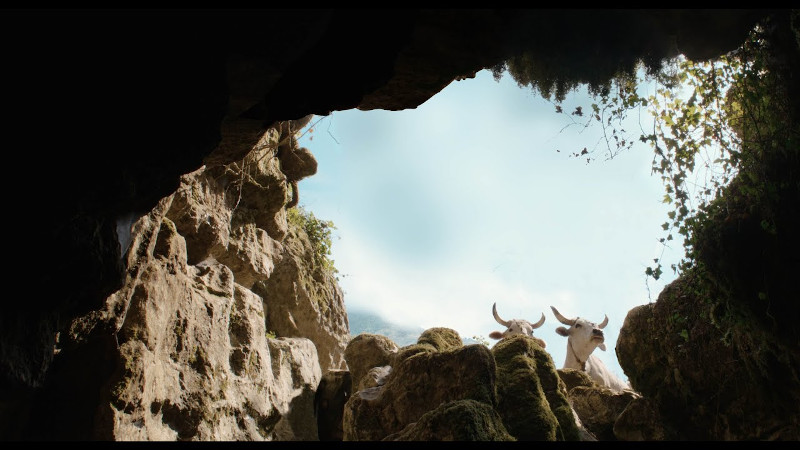
It’s 1961. We’re first introduced to the place in a shot looking out of the ground at the edge of the hole as, eventually, the heads of two bulls come into view over the ridge. An elderly cowherd watches over the grazing cattle from a position halfway up a forty degree incline hillside. As the bus leaves the rich, urban developments of Northern Italy for the still unspoiled Southern region of Calabria, we watch it slowly make its way along rounds, through a small rural town where the party stops for the night to bed down in sleeping bags in the local, Catholic Church alongside statues of monks and the crucified Christ lying on his back, across open country until it arrives at the vast plain where the explorers will set up camp.
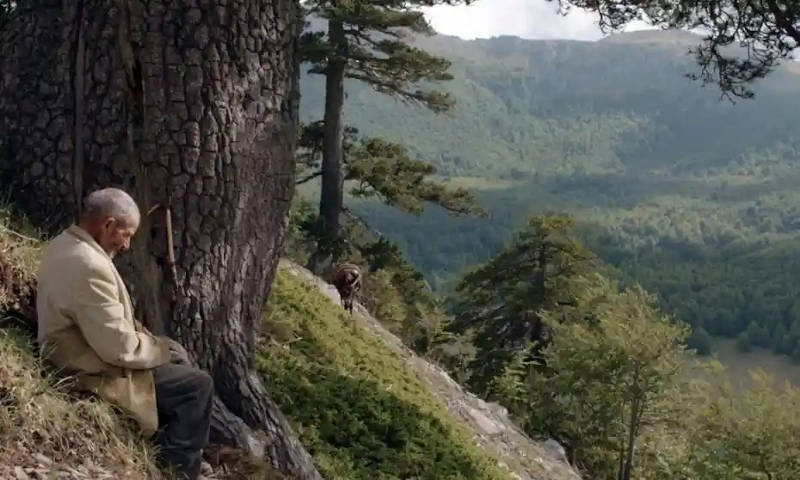
That takes maybe the first third of the film, which also has villagers outside the local watering hole watching a black and white TV on which a presenter is being taken up the outside of a newly constructed, thirty plus storey skyscraper representing the economic miracle of Italy’s recent growth. Such things seem a long way from the much slower, poorer, more rural South, yet the speleologists are doing something almost the negative of constructing the skyscraper, as they descend into the Bifurto Abyss to measure and draw what they find, which ends at 683 metres (or 687 metres if you read the contradictory end title card), at that time the second-deepest shaft measured in the world.

Frammartino doesn’t really explain what’s going on, preferring to let his images tell the story. This is something of a two-edged sword. The pace is desperately slow and on one level, it feels as if not much is happening for much of the time. On the other hand, this allows for such moments as two of the expedition, remaining up top, kicking a football back and forth between them near the hole, until the ball eventually drops into the hole and out of sight. We constantly cut between the cowherd on the hillside and the explorers descending into the abyss until eventually, the former is found unconscious and taken back to his makeshift house for rest and an examination by the local doctor. Between the open, sunlit hillside vistas above and the hole’s enclosed, helmet-illuminated shafts, tunnels and grottos below.
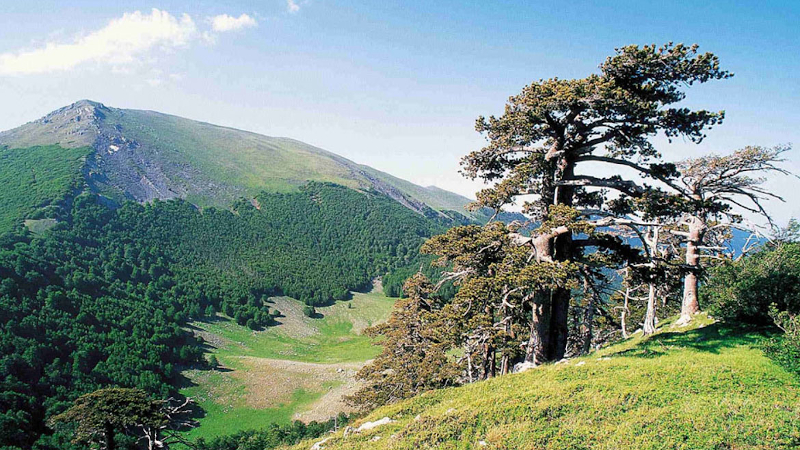
Although it’s a drama, it’s hard to tell whether you’re looking at a drama or a documentary since you’re basically watching professional cavers underground finding their way to the bottom of a system in order to ascertain its shape and depth. This is happening before your eyes, with large areas of the screen often completely in darkness as the explorers’ lamps only pick out what they’re looking at while everything else remains shrouded in black. It may be as close as you’ll ever get to seeing this experience for real on the screen, although I did find some of it quite wearisome to watch. The British horror film The Descent (Neil Marshall, 2005) arguably realised the experience of traversing a cave system far more effectively on the screen by building one via a series of studio-constructed sets.
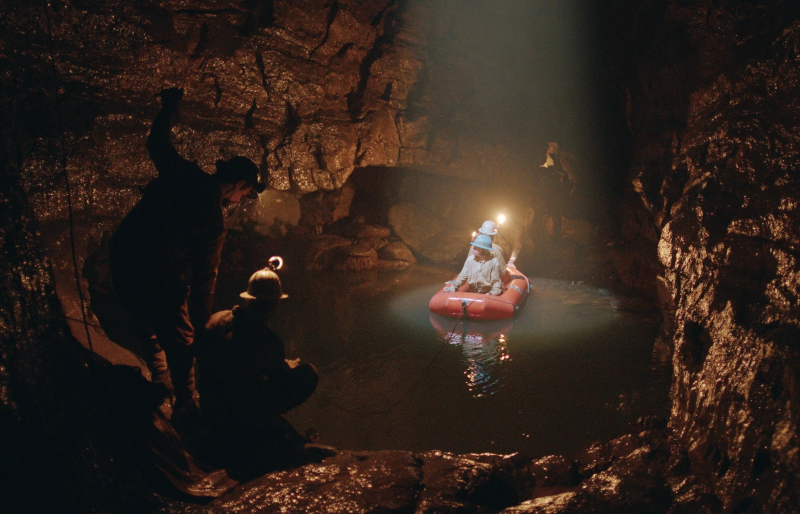
Nevertheless, it’s hard not to admire the sheer audacity of Frammartino taking a group of cavers and a camera down the Bifurto Abyss for real while his cinematographer Renato Berta looking at the camera feed coming to him above ground finds ways to light the journey so that what’s on the screen represents the explorers’ experience. Whether the dying cowherd counterpoint really works for the best part of ninety minutes is debatable, though, and the film may not capture the imagination in quite the way Le Quattro Volte did.
Il Bucois out in cinemas in the UK on Friday, June 10th .
Trailer:
Clip 1 (Italian, no subtitles):
Clip 2:
Clip 3:
